The structural obstruction of justice
My experience of how the British court system is designed to fail and deny fair access
I got to go out for a walk today. Oh yes, I did!
Not something that would normally merit a Substack article, but this was my first photography walk in three weeks, the longest interval in the 7 years I have been doing my public activist work. Many of you will remember when I managed 3-5 such walks in a week, keeping up morale for the keyboard warriors everywhere through colourful art. The significance is that I have been under the oppression of legal work, and my respite with a camera has taken a back seat — and I can feel the mental health impact.
Over a week ago I announced that I had filed a Judicial Review claim form (N461), seeking to have a stay on enforcement of fine with a “ghost order” from a “ghost court”. This included a form (N463) for urgent interim relief to stop HMCTS threatening me with prison when they haven’t got the correct paperwork. I promptly served the Defendant (Secretary of State for Justice via the Government Legal Department) and Interested Party (the Crown Prosecution Service) via email, completed the proof of service form (N215), and filed it immediately via the High Court’s online portal (CE-File).
On Friday, the day after I uploaded the N215, and two days after I filed the N461/N463, I got a judicial order rejecting my request for urgent relief. One of the reasons was that there wasn’t proof I had served the Defendant and Interested Party — even though I demonstrably had. Then on Monday 27th I got another notification from the court, saying my N215 had been approved and uploaded to the case file. So the refusal (which had multiple grounds) was inevitable — the judge was unable to see the N215 proof of service form I had filed. It was designed to fail.
In order to address the judge’s comments (including reasonable matters such as the correct identity of the defendant), I prepared another N463 application for urgent relief, together with a 70+ page bundle including various witness statements and supporting evidence. This took me pretty much all of last week, and I finally got it into court on the Thursday night. When I say “took me all week” I mean I didn’t get any time to go out of my front door in daylight hours for exercise. (I had a one-day trip to London for a medical appointment, so I did get out the house.)
Then I got an administrative refusal on Friday for this new form. Although N463 is the correct form to apply for urgent relief, because the judge had already refused it (through no fault of my own), I instead needed to file an N244 form to set aside that order, with my N463 as an annex. And pay over £300 for the pleasure. When there was no way I could ever have succeeded at the first attempt. Oh, and this wrinkle is essentially undocumented — you only find out when you actually re-apply. The N244 doesn’t have the structure for urgent relief, so there’s a mismatch; the form that matches the official process doesn’t align to the content of the request.
So now I have yet another form to fill in and another bundle to prepare. And these PDF forms are designed for 1980s pen and paper and a single simple defendant, not complex litigation. The boxes are different sizes on each form, and the space given has almost no relationship to the quantity of detail required, so you have to manage continuation sheets. You are asked questions like “what kind of judge do you need” that appropriately belong to the court’s back office, not for the litigant in person to decide. Without the aid of artificial intelligence you’d go insane trying to file anything.
No other area of modern digital life is structured like this. Every online experience has some level of usability and workflow management design applied to it. Failure modes are anticipated; exceptions handled cleanly. Pathways are constrained so you cannot make a wrong step. The courts, in contrast, are an exercise in opacity and complexity. I am highly educated, live alone without children, can work on this full-time, and am funded by the public. That’s about as good as it gets, and yet I can barely manage — both in terms of following procedure, as well as the cost to my soul of being constructively denied access to justice.
There is a monumental asymmetry between the State and the citizen. The former is able to flout the law and due process with near-impunity. Statutory duties are refused, complaints are ignored, information is withheld. Meanwhile, the latter is held to every jot and comma of the procedural rules, and administrative policy acts as a de facto fence to prevent reaching the bench where you might, if you are lucky, get a hearing and the possibility of remedy. If I hadn’t raised some money from readers in August I would be struggling to keep my head above water financially; the burden is real.
Anyhow, as you can see, I did get out today, and made my wellbeing a priority, rather than legal battles. The local pond, autumn colours, and some whacky software processing are my solace. The legal stakes in my case are high — many thousands of convictions may be overturned if (in my parallel constitutional claim) the High Court rules that “ghost courts” are unlawful. But the real stakes are whether we live well while being persecuted, or sink into despair and isolation. So I thought I would share some photo art with you all. Not as defiance against tyranny, but as unifying aesthetic.
Overcoming bureaucratic misfeasance is important, but it isn’t the battle that matters most. “Truth in court names” might be what occupies my time, but not my heart.
That’s reserved for things of beauty, which unlike access to justice, are unobstructed.
🙏





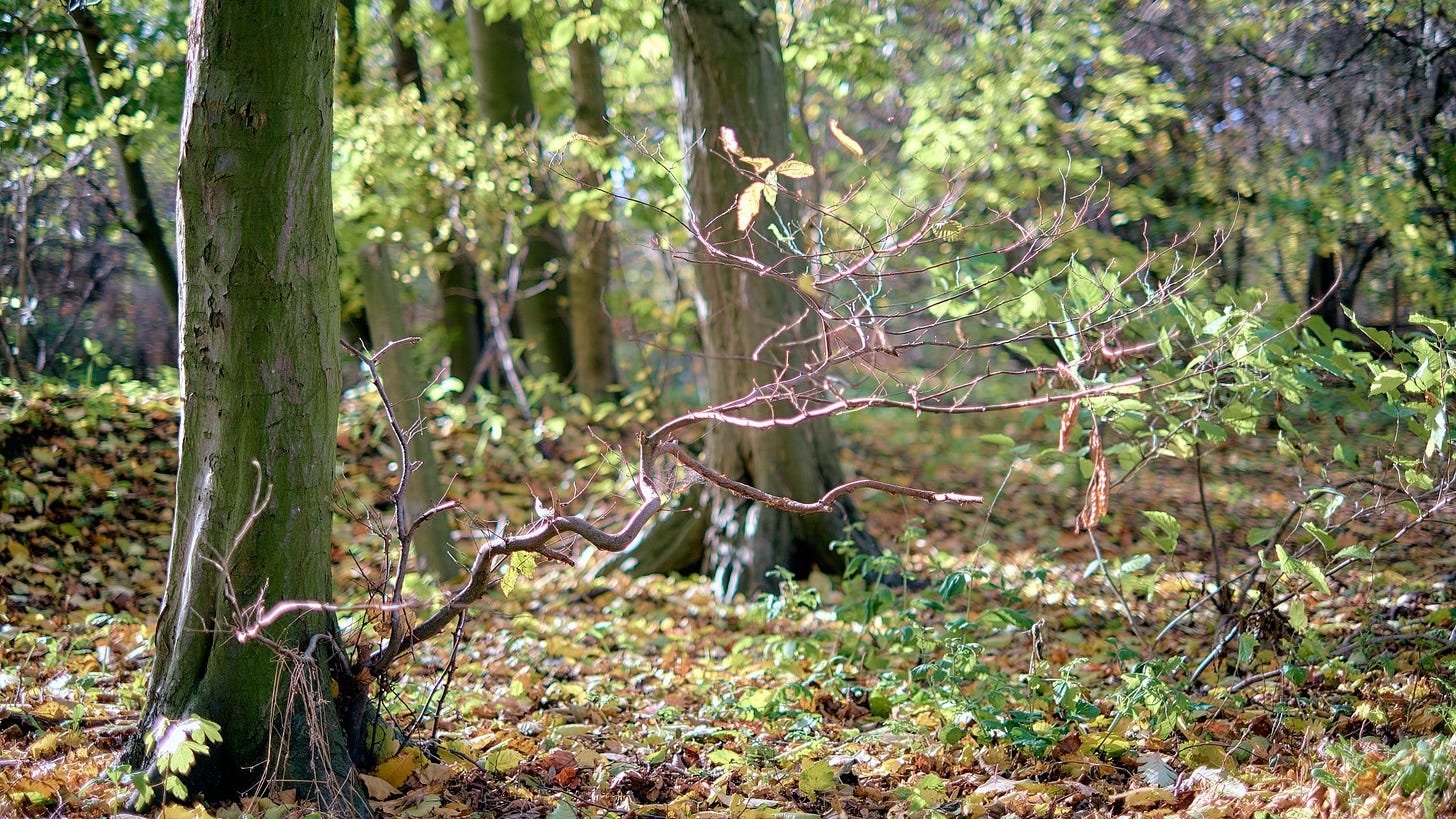
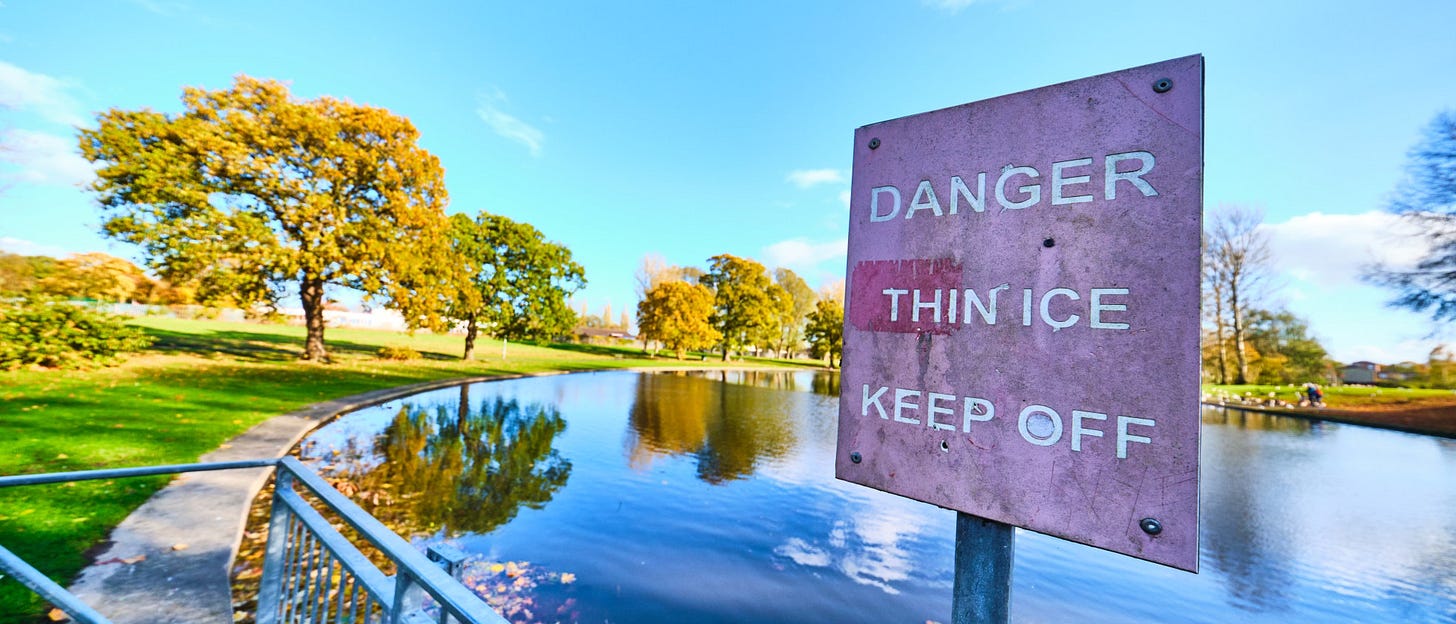



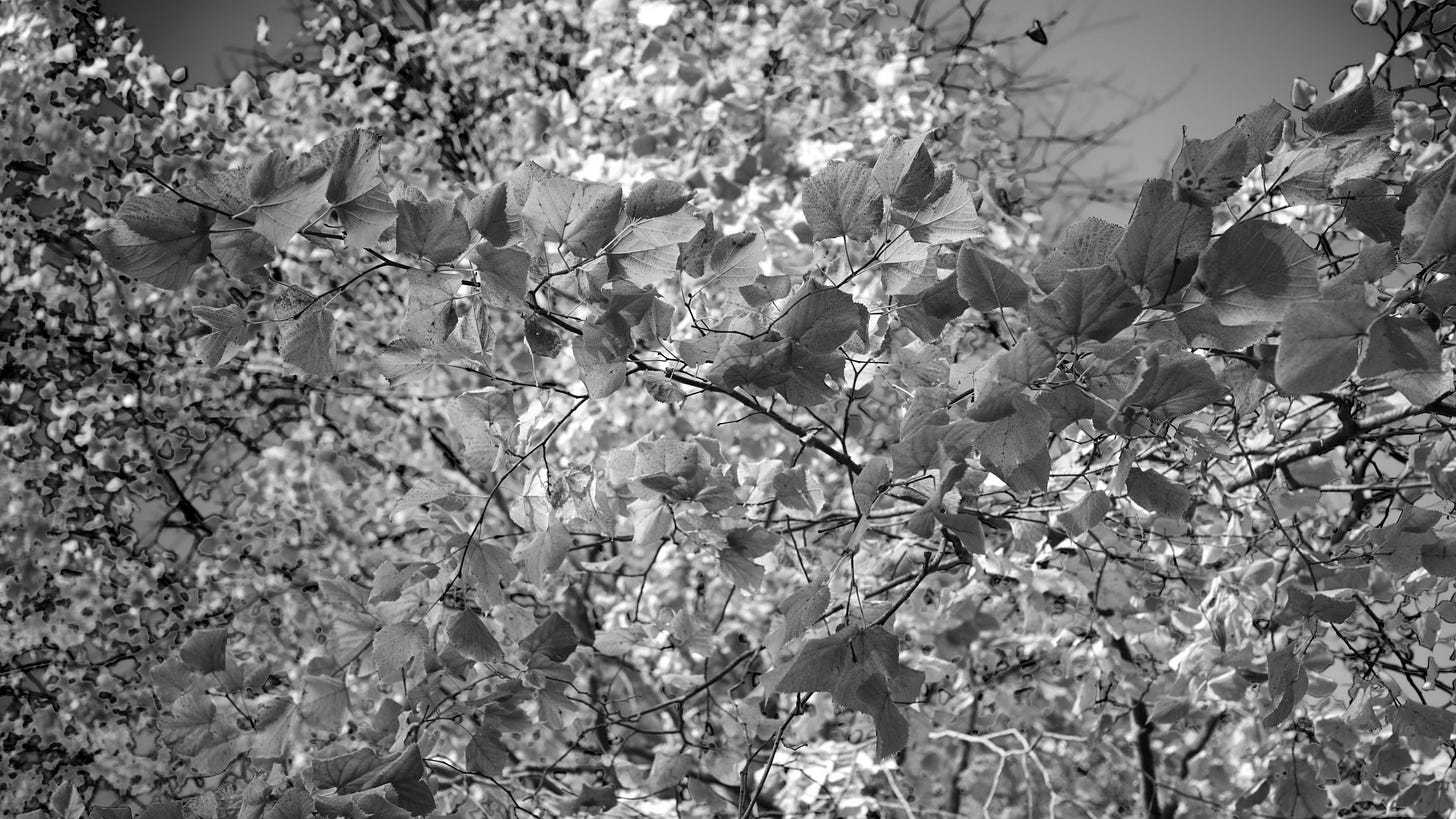
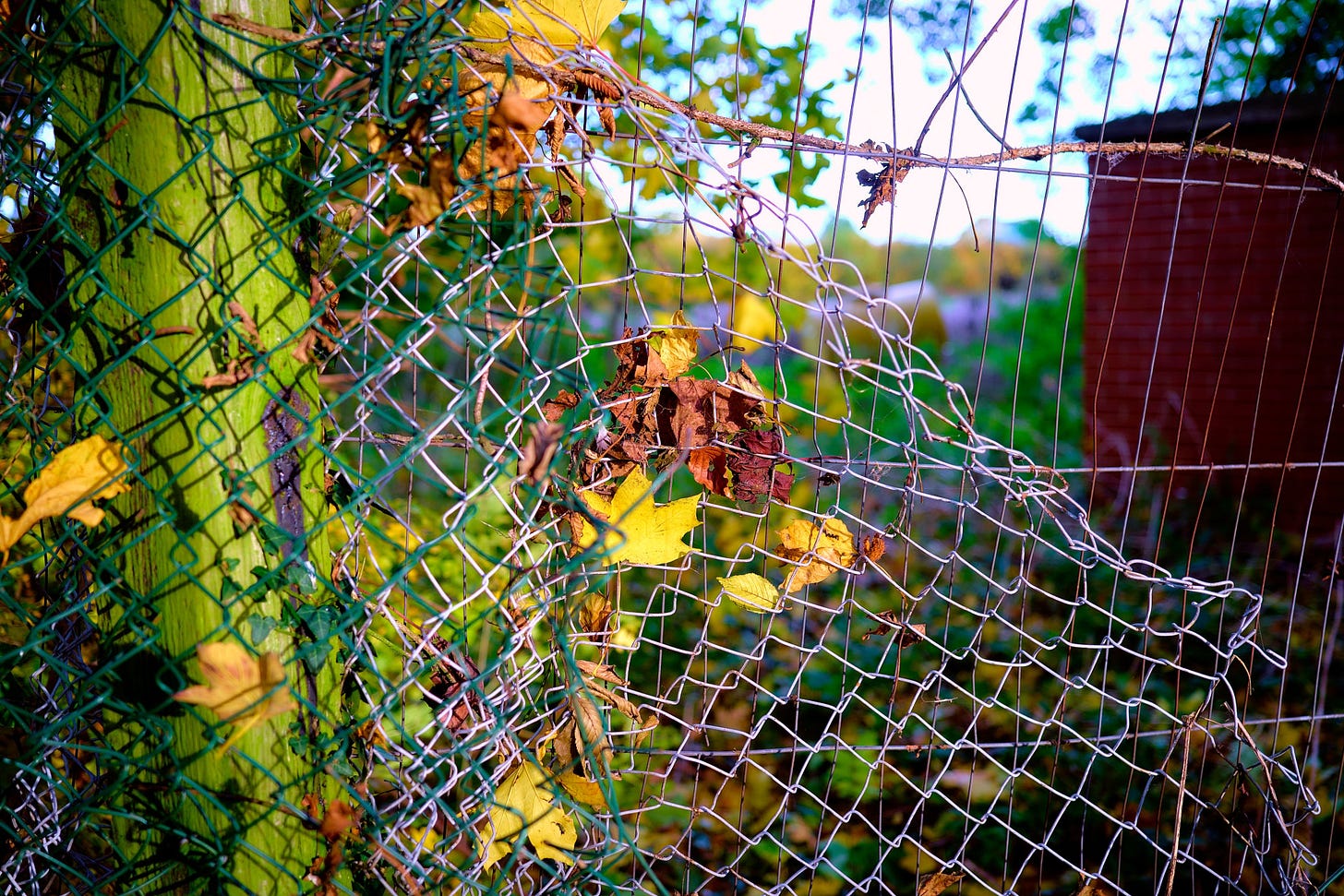

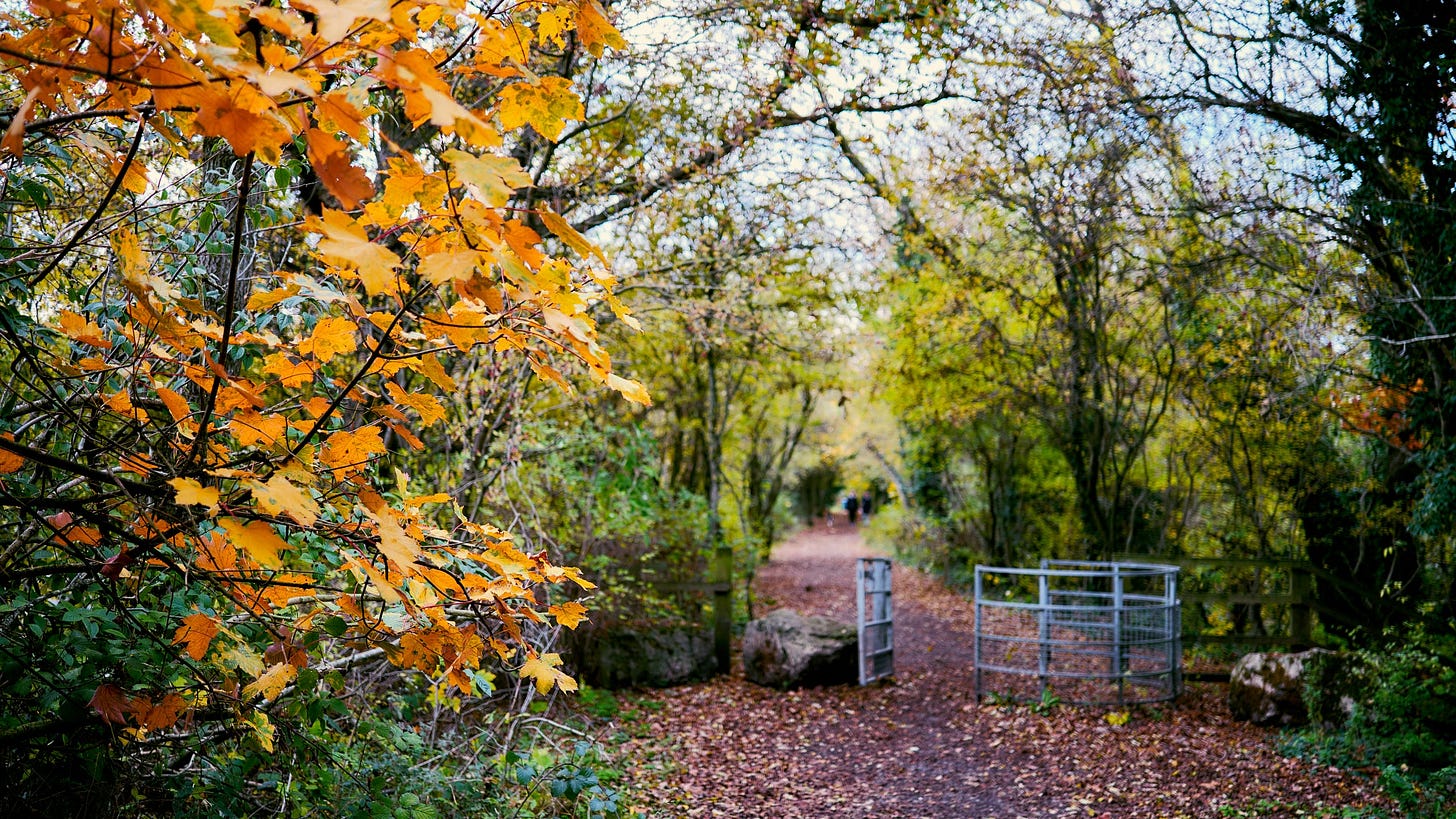

Your beautiful heart radiates from every image you've captured. Our stunning countryside is both healing and inspiring as shown in these lovely Autumn photographs you've taken. Thankyou.
Such beautiful photos. That must have been a very healing walk, Martin, and much deserved. :-)